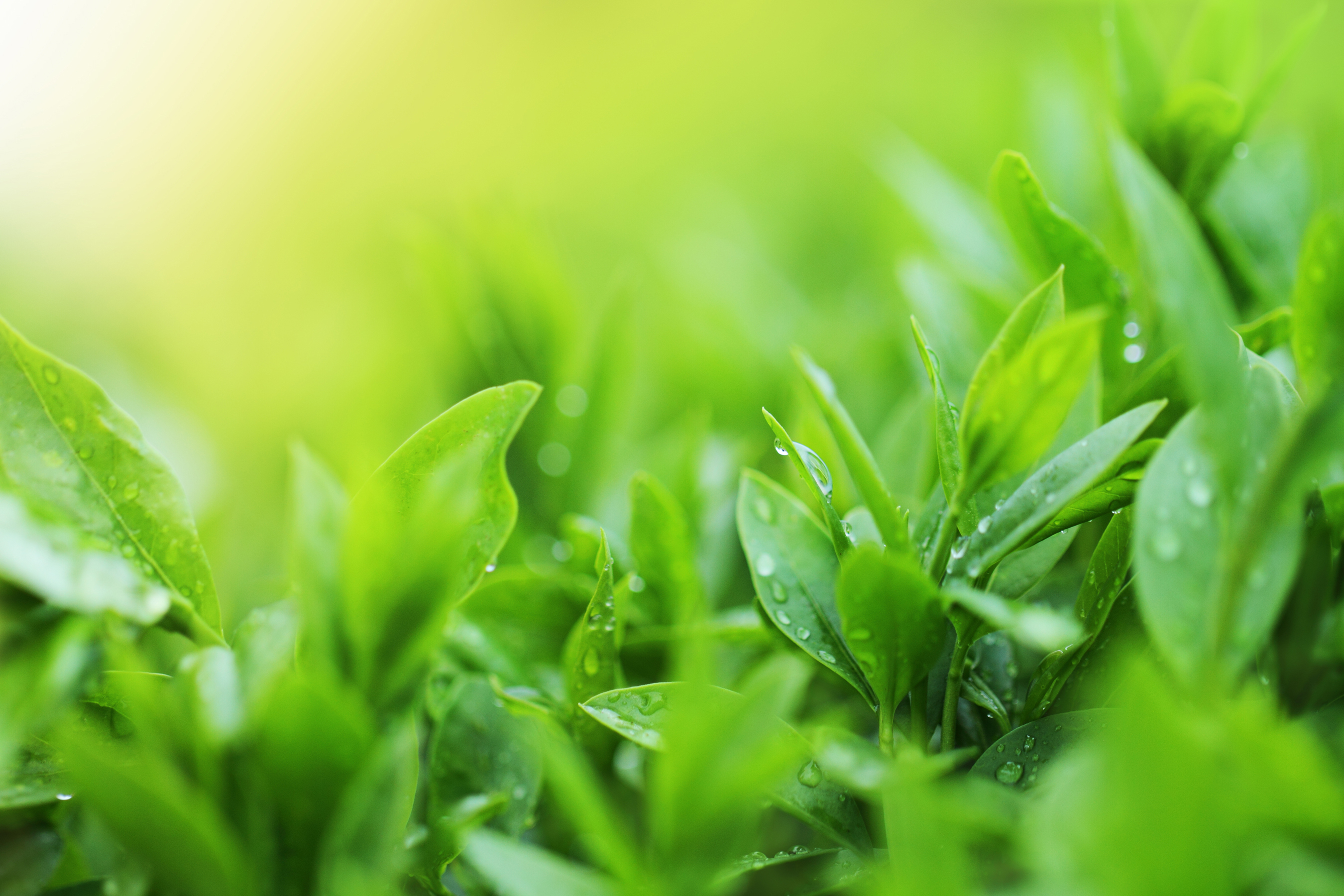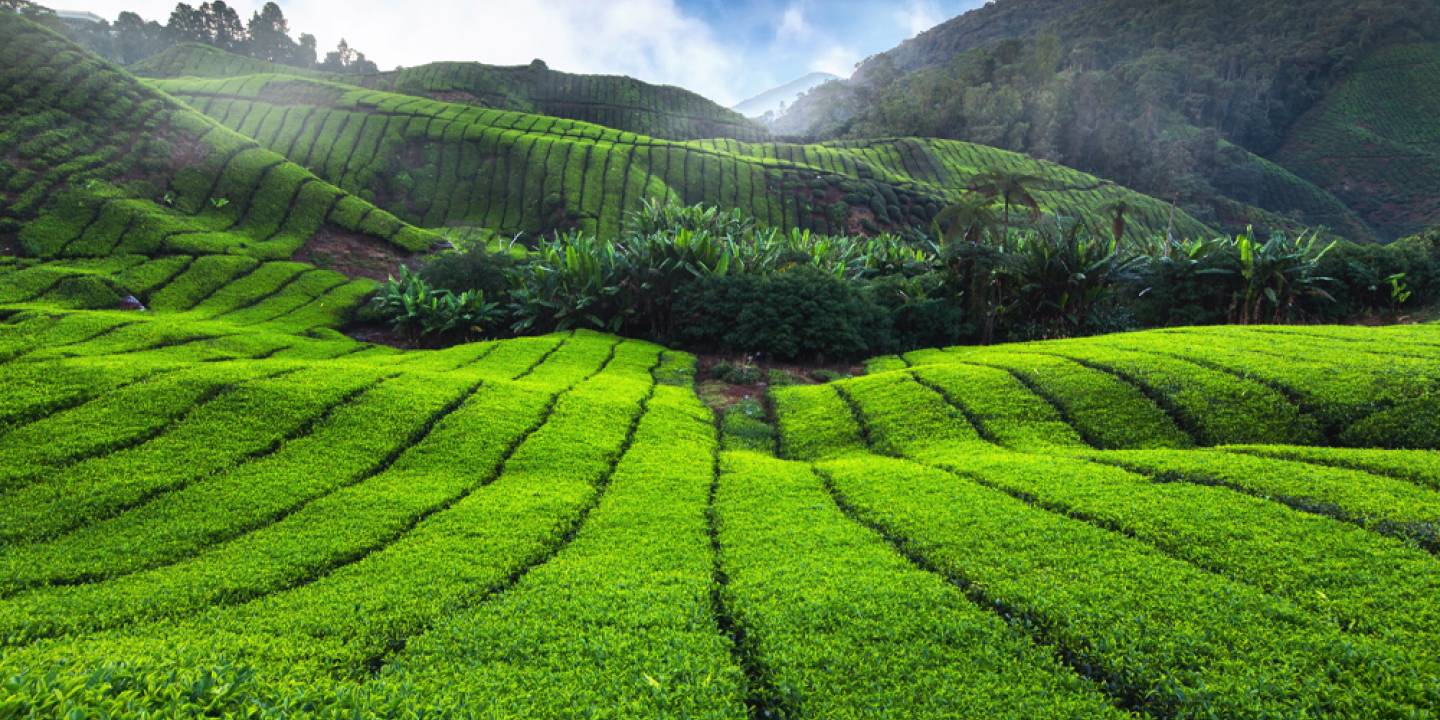Tea is the second most widely consumed beverage across the world, following water. Whether served hot, iced or with bubbles, tea continues to reinvent itself for a new generation of consumers. It is the creative playground for brands looking to push boundaries, while appealing to health-conscious audiences the world over.
Health and wellbeing, natural, craft, authentic and experimental trends all collide with tea which is why it is a product that leaps across every category from liquids to confectionary and personal care.
But what’s the story of where and how we source our teas?
Dave Arnold, tea sommelier and buyer at Treatt, works with tea growers all over the world. He tells us about one of his favourite tea producing regions in China.
Where is the tea grown?
Anhui is a mountainous inland province in Eastern China which boats a long tea history. Located across the basins of the Yangtze and Huai rivers in the foothills of the Yellow Mountains, you’ll find the spectacular tea gardens of Anhui province. The humid subtropical monsoon climate makes it well suited to tea growing.

Why source our tea in Anhui province, China?
We actually source our various teas from all over the world. A lot of our black tea comes from the renowned Keemun variety, mainly grown in the Anhui province. Prized for its aromatic fragrance and mellow flavor, it’s considered a global top quality tea which is one of the many reasons we love it.
It’s also in the top 10 famous teas in China. When you consider there are at least 19 tea-producing provinces across China, making the top 10 is quite an achievement.
Keemun tea was first produced in 1875 and grew in popularity across the world throughout the 19th century. It was one of the first signature teas used in our English Breakfast Tea blends, having become known or its light characteristics, slightly smoky notes and malty profile. This variety undergoes a particularly slow withering and oxidisation process, which gives the teas its signature aromatic, mellow profile.
How is it harvested?
The conditions in the foothills of the Yellow Mountains are ideal for three healthy harvesting seasons; spring, summer and autumn, with summer providing the most abundant crops. We ensure we’re sourcing our Keemun leaves during the optimum harvest to ensure optimum quality.
Our tea leaves are mostly harvested in spring and summer depending on which type of Keemun is being produced. Tea harvesters typically pluck the buds and two to three tea leaves from the top of the plant, making sure to use the youngest leaves possible.
After the leaves are plucked, they are sorted and withered on large bamboo mats in direct sunlight. The process helps to enhance the flavor of the tea leaves while also creating a visually pleasing form. The tea leaves then undergo a complete oxidation process, which creates bold flavors and turns the leaves a deep brown or black color. Finally, the leaves are fired over open fires or in large woks and then packaged for sale.
Working in partnership
Our black tea Treattarome and some of our real brewed tea extracts are made from the famous Keemun variety, grown in China.
We work in partnership with the world’s leading brands to understand exactly what their project needs before curating the perfect tailored solution.
Using our in-depth knowledge of the different growing regions’ flush cycles, tea leaf harvesting and process methods, we carefully select our teas from across the globe to obtain the highest
quality teas available.
We work with our partnering growers and suppliers of some of the world's leading tea gardens, offering our customers a transparent, scaleable, sustainable supply chain they can trust and depend on.
Find out more about our innovative range of tea solutions or contact one of the team at enquiries@treatt.com
Related stories:
Top Beverage Trends for 2022
Treatt brewed tea extracts
Tea Gardens around the world
